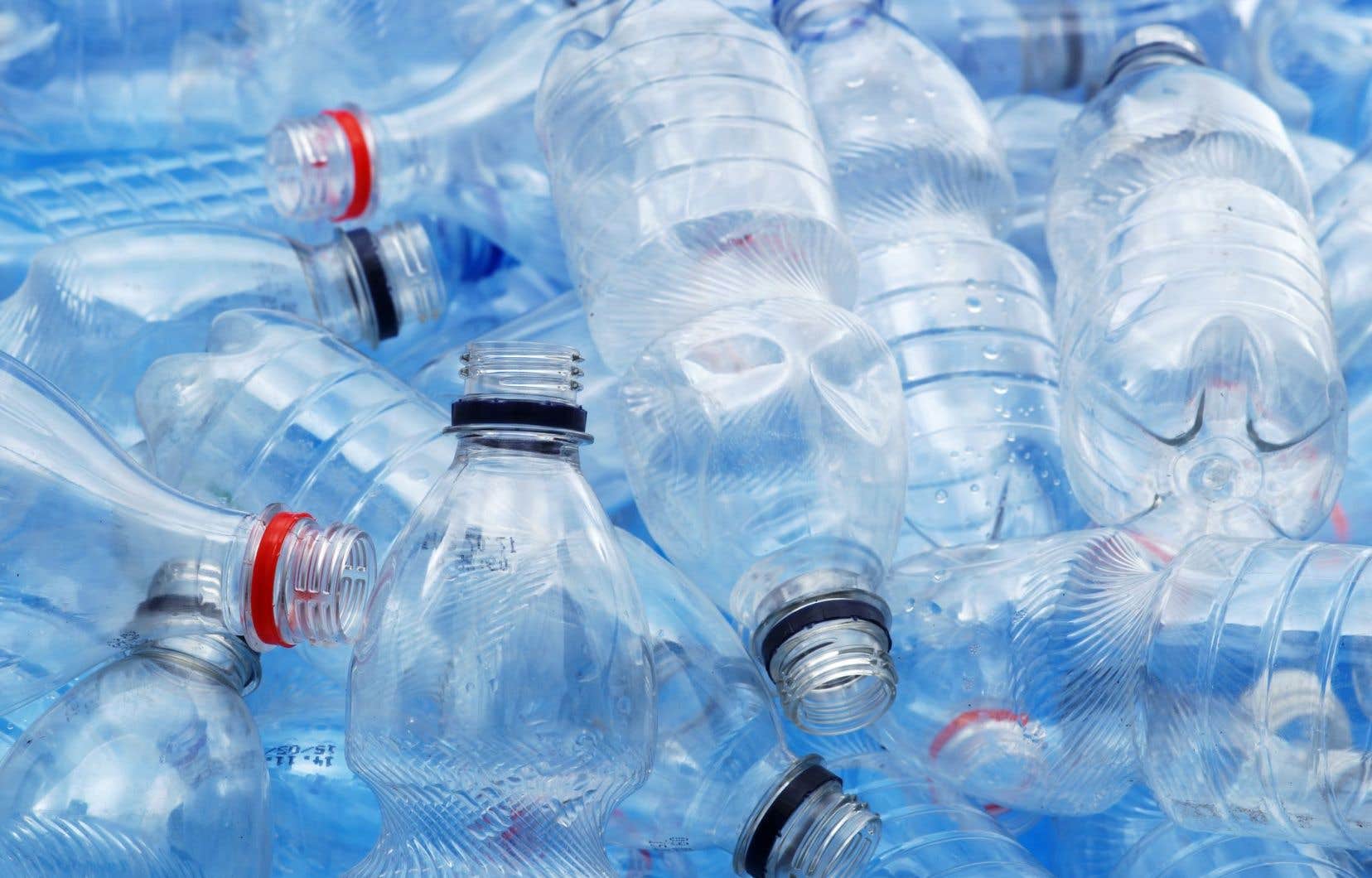Bottled water could contain up to a hundred times more microscopic fragments of plastic than previously believed, warns a new American study.
Using a new ultra-sophisticated laser imaging technique, researchers at Columbia University have measured that each liter of bottled water can contain up to 370,000 particles of microplastics, or even nanoplastics.
“I was surprised by the number of particles described and it amazed me,” commented Professor Thierry Ollevier, from the chemistry department at Laval University. I wasn’t expecting such a high value and honestly, it worried me. I already had fears about this type of product, but I must say that it worried me even more than I was. »
Some of these microscopic particles are so small that they can enter the bloodstream after being ingested or breathed in. In the case of a pregnant woman, they can even cross the placental barrier to reach the fetus.
Their impact on human health is still poorly understood, but these particles possibly interfere with the functioning of certain organs (including the brain) and that of the reproductive system. They could also have carcinogenic properties, be a source of oxidative stress and imitate the action of certain hormones (so-called endocrine disruptors).
The results of the study show that each liter of bottled water can contain between 110,000 and 370,000 plastic particles. About 90% of these particles are nanoplastics, with the remainder being larger microplastics.
These particles are notably composed of polystyrene, polyvinyl chloride, polymethyl methacrylate and polyethylene terephthalate. It is from this latter plastic that the bottles themselves are made. It possibly contaminates the water when the bottle is squeezed or exposed to heat, or when the cap wears out from being opened and closed repeatedly.
The researchers also found particles of polyamide, a type of nylon, in the water that possibly comes from the filters that the water passes through before being bottled.
Also see video | Microplastics in bottled water
“A number of consumers thought that water [embouteillée] could be purer or better purified, noted Professor Ollevier. But [cette étude] puts this problem in a completely different context. »
Researchers have managed to identify seven different types of plastic. They point out, however, that these seven plastics only represent 10% of the nanoparticles found in water ― meaning they don’t know what 90% of the nanoparticles are made of.
These nanoparticles can be “anything,” admits a document posted online by Columbia University. But if all these nanoparticles are nanoplastics, “then each liter of water could contain tens of millions of them”.
“I think it takes the debate to a whole new level,” said Professor Ollevier.
Microplastics range in size from one micrometer (one millionth of a meter) to around five millimeters. We measure the size of nanoplastics in billionths of a meter. For comparison, the circumference of a human hair is approximately 70 micrometers.
A first study, carried out in 2018, measured around 325 particles per liter of water, but experts suspected that this probably greatly underestimated reality. However, we did not have reliable techniques to enter the “nano” world, below the micrometer mark.
The new method developed by a team from Columbia – and the details of which are incomprehensible to neophytes, apart perhaps from the fact that it uses lasers and (obviously) an algorithm – has made it possible to get around this obstacle.
“There really is a problem here that we must be interested in,” said Professor Ollevier. We no longer only talk about continents of plastic [qui flottent dans l’océan]. We’re talking about sizes that we can’t see with the naked eye. It is much more pernicious. »
The findings of this study were published by the scientific journal Proceedings of the National Academy of Sciences.
